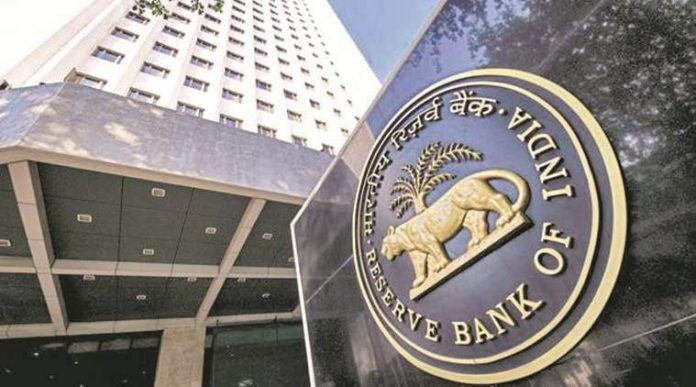Whether it was the Global Financial Crisis of 2008, the Harshad Mehta scam of 1992, the non-performing assets (NPAs) mess of Indian banks in the early years of this decade, or the more recent IL&FS crisis — all of them were driven by dangerously excessive leverage. One of the main causes of the NPA challenges in our country has been due to very little real equity contribution from the promoters to various projects.
Instead of promoter’s funds being invested in new projects, existing promoter equity is leveraged through layers of holding Companies or Core Investment Companies (CICs) as they are now known to be. Against the equity value of the operating company, holding companies borrow more and invest in new projects as the promoter’s equity contribution. So, when a project gets delayed or derailed, they have no real economic interest tied to it to revive the same. Ideally, an appropriate capital structure that is linked to the residual risks of a project is required to ensure that genuine promoter equity, and not borrowed equity, is invested.
The Reserve Bank of India (RBI) has realized the magnitude of the problem and the post IL&FS situation set up a working group led by Tapan Ray to review the framework for CICs. The working group identified the potential risks and suggested measures to limit the same, basis which RBI has amended its guidelines for CICs on August 13, 2020.
Some of the earlier key issues leading to excessive leveraging and the commendable resolutions provided by RBI are as follows:
1)Possibility of Multiple Gearing: Under the earlier guidelines, any number of CICs could exist in a group, and they could invest in each other’s capital without deduction of their own capital. They could borrow up to 2.5 times their adjusted net worth. This provided room for multiple gearing and caused excess leverage at the group level. The CIC’s capital could be leveraged up to 11.25 times if there were two CICs in a group. The scope of leverage at the group level could increase exponentially with the addition of more CICs.
The working group constituted by RBI observed that the standalone leverage of IL&FS was within the regulatory limits as of March 2018. However, when calculated at a consolidated level, it was considerably higher. To potentially avoid the issue of multiple gearing, RBI altered the method for calculation of adjusted net worth (ANW). Under the revised methodology to compute ANW, the amount representing any direct/indirect capital contribution made by one C IC in another, to the extent such amount exceeds 10 percent of owned funds of the investing CIC, is deducted.
2) Opacity of structure and ownership: CICs are often a part of large business conglomerates having multiple companies and business lines spread across India and abroad. This kind of complex structure often leads to opacity in terms of ownership, control, and related-party transactions.
The Working Group noted that the complex structure of IL&FS which had four levels of companies below the main CIC as NBFCs were exempt from the Companies Act 2013 provision which restricts the Group Structure to a maximum of three layers (including the top layer). To address this, RBI has restricted the number of layers of CICs within a group (including the parent CIC) to two. Also, if a CIC makes any direct or indirect equity investment in another CIC, it will be deemed as a layer for the investing CIC.
3) Corporate Governance: Since the corporate governance guidelines were not explicitly applicable to CICs, RBI has directed them to adhere to the corporate governance requirements as per the Companies Act, 2013. Further, CICs are now required to maintain a functional website containing basic information about itself and its group, annual reports, corporate governance reports along with any other significant information. They have also been asked to prepare consolidated financial statements to provide a clear view of the financial standing of the Group as a whole.

